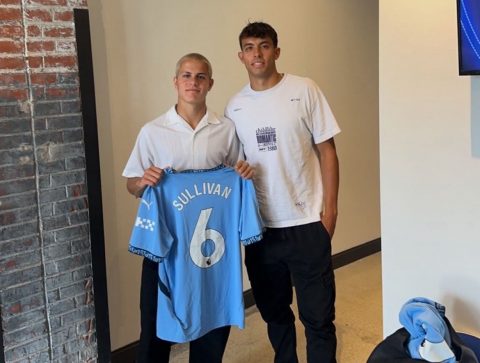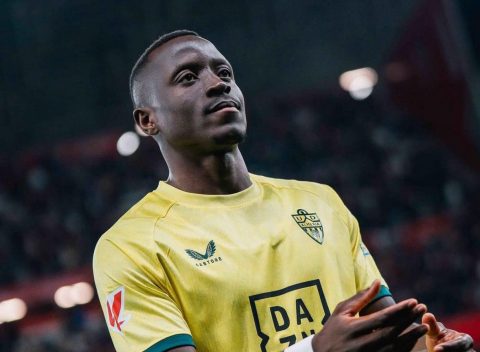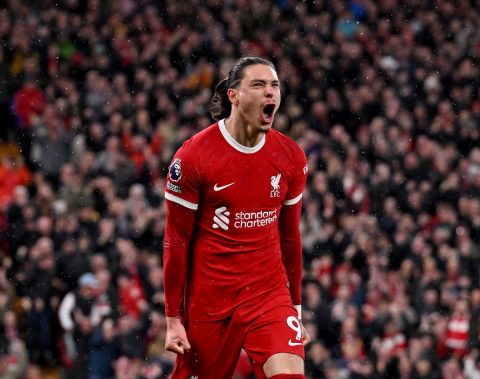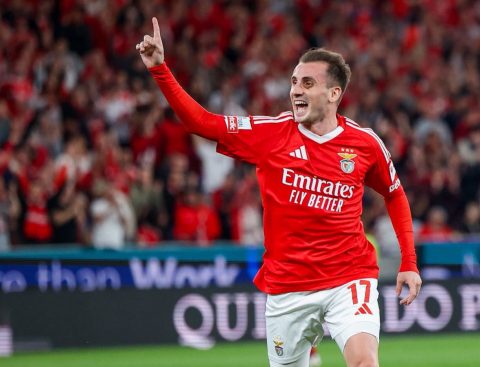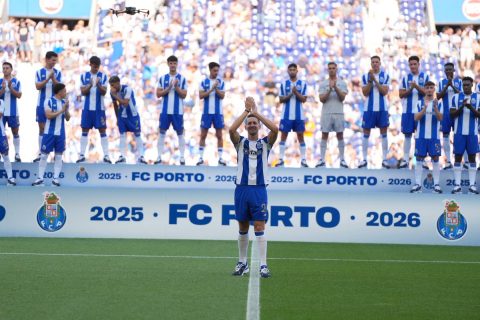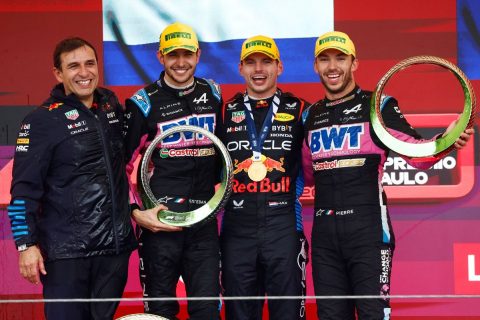In a weekend filled with high stakes and anticipation, Lando Norris faced a challenging Brazilian Grand Prix. The opportunity to close the gap on championship leader Max Verstappen was ripe, as Norris started from pole position, while Verstappen lined up 17th on the grid. However, this advantage soon slipped away due to a combination of factors, including technical issues, a poor race start, and red flag misfortune, eventually demoting Norris to a sixth-place finish as Verstappen clinched victory.
Technical Troubles: Brake Lock-Up Woes
While it’s tempting to attribute Norris’s drop in performance to driver error, McLaren team principal Andrea Stella insists that the primary culprit was a technical issue with the car. Stella highlighted an ongoing battle with brake lock-up problems, especially pronounced in the conditions over the Brazilian GP weekend. This was evident not only in Norris’s performance during the race but also when teammate Oscar Piastri encountered troubles in qualifying.
“When we lock the tyres with the car like we have today, I am not looking at the driver. I am looking at why the car keeps locking the front tyres in conditions like this – I don’t think pressure was a significant factor at all,” stated Stella. He emphasized that McLaren has acknowledged these lock-up issues in both wet and dry conditions, suggesting that it is an area that requires immediate attention from the team.
Unpredictability and Driver Challenges
Stella remarked on the unpredictability of the brake lock-up issue, noting that it poses a significant challenge for drivers. The inconsistency makes it difficult for them to adapt their driving technique from lap to lap. As a result, rather than pointing fingers at the drivers, Stella views this as a technical “opportunity” for McLaren to refine and improve.
“That will definitely be something that we are looking into,” commented Stella, adding that while specifics couldn’t be disclosed without revealing proprietary details, understanding and remedying this issue is a team priority.
Strategy Misstep and Race Dynamics
Beyond the braking troubles, Norris’s race was further complicated by strategic decisions. The critical moment occurred when both Norris and then race leader George Russell pitted under Virtual Safety Car conditions to take on fresh intermediate tyres. This was a tactical move amid growing rain, aimed at maintaining grip in tricky conditions.
However, their decision was overshadowed as rivals Esteban Ocon, Verstappen, and Pierre Gasly opted to stay out, a choice that paid off when a red flag was called following Franco Colapinto’s crash. This allowed them to gain an advantage with a subsequent tyre change during the suspension period, providing Verstappen with a crucial track position boost.
Impact on the Championship and Future Outlook
The Brazilian GP outcome has almost sealed Verstappen’s position to secure his fourth title at the forthcoming Las Vegas Grand Prix. Despite Norris’s disappointing finish, McLaren looks forward to addressing the technical setbacks. As Stella puts it, “Sometimes you look brilliant because you commit to something, and it is always easier to commit when you are behind, and you look like a hero.”
The team remains optimistic about future races, focusing on solving the lock-up issues and refining race strategies to optimise performance. Fans and analysts alike will be keen to see how McLaren tackles these challenges in the upcoming Grands Prix.
